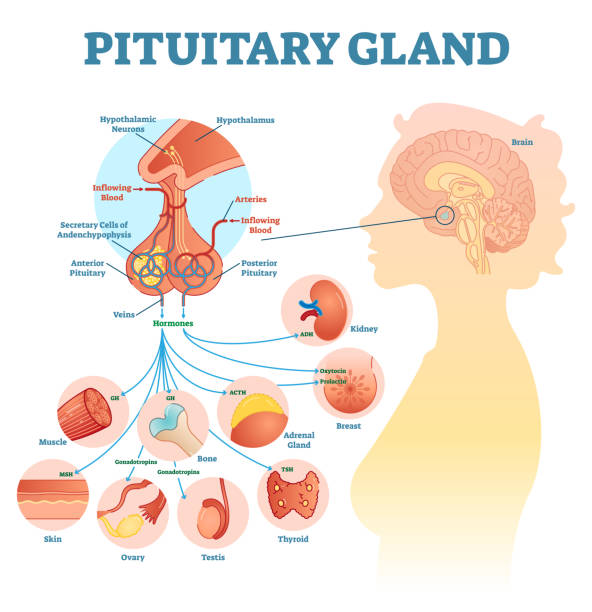
Pituitary gland anatomical vector illustration diagram, educational medical scheme with brain and hormone types.
Browse 8,700+ chemistry diagrams stock illustrations and vector graphics available royalty-free, or start a new search to explore more great stock images and vector art.

Pituitary gland anatomical vector illustration diagram, educational medical scheme with brain and hormone types.

Volumetric Crystal lattice. The position of atoms in a crystal. Vector illustration.

Antibody icon. Types of antibodies and immunoglobulin structures. IgE concept. Object for use in medicine, education and science. Vector illustration flat design. Isolated on white background.
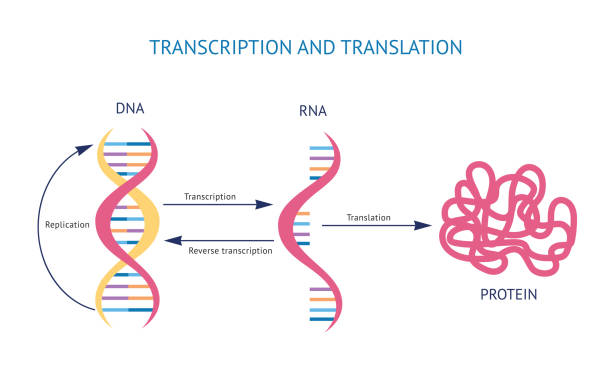
Scientific biological model DNA and RNA transcription and translation vector illustration isolated on white background. Spiral genetic structure for educational concepts.

Collection of education thin line icons. Vector eps10

Filter logo vector illustration isolated on white background

HUD, UI, GUI element medical examination. Display set of virtual interface elements. Modern medical examination HUD style.

Medical research in drug development and new medicine study outline diagram. Labeled educational scheme with innovative drugs discovery, clinical monitoring, FDA review and safety vector illustration
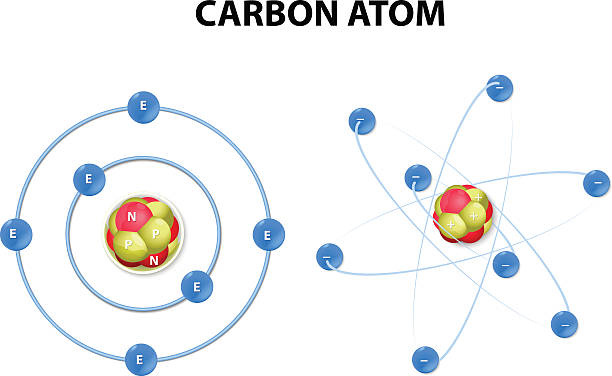
This vector diagram shows the protons, neutrons, and electrons of a carbon atom. Each is in a group of six. That makes the atom very stable. This type of model is now widely considered a sound basic version.
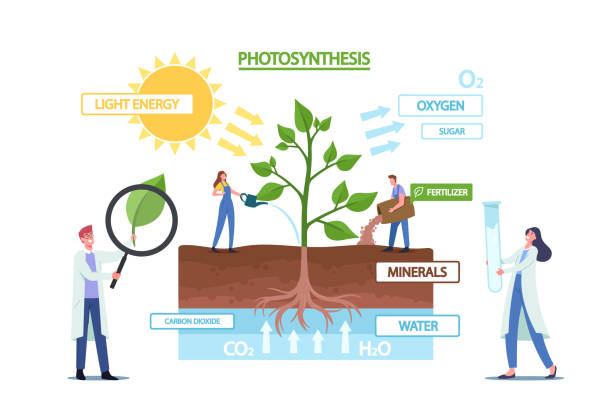
Tiny Scientists Characters at Photosynthesis Infographics Presenting Changes Sunlight Into Chemical Energy, Splits Water to Liberate Oxygen, Carbon Dioxide to Sugar. Cartoon People Vector Illustration
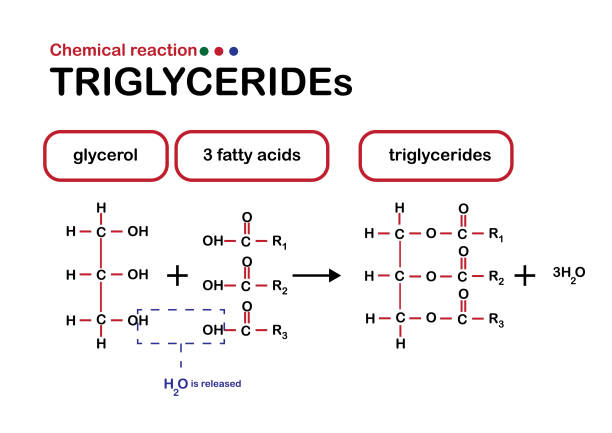
Chemical reaction show triglyceride formation structure
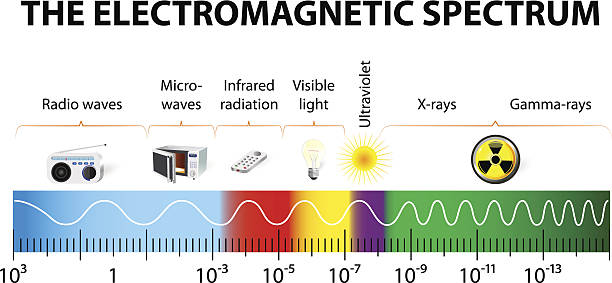
different types of electromagnetic radiation by their wavelengths. .In order of increasing frequency and decreasing wavelength
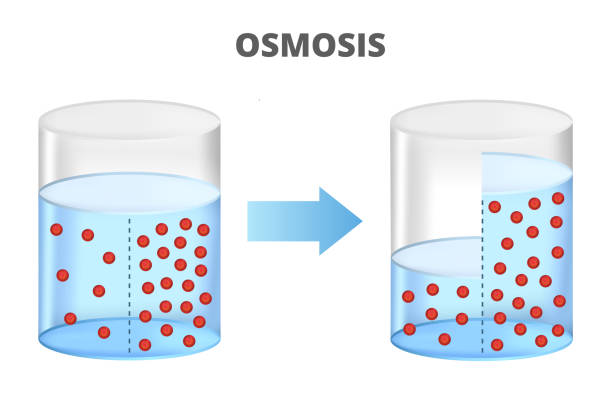
Vector scientific illustration of osmosis, reverse osmosis isolated on a white background. Molecules of a solvent such as water H2O passing through the semipermeable membrane from the less concentrated part to the more concentrated part. The scientific diagram is shown in a water container, beaker, or flask.
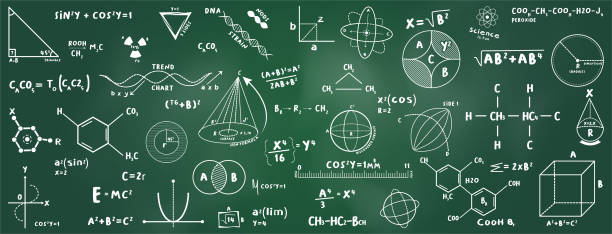
Research board with geometrical figures on a blackboard at school

Fossils from Various Periods Engraving Antique Illustration, Published 1851. Source: Original edition from my own archives. Copyright has expired on this artwork. Digitally restored.

Happiness feeling icon with a pin on the brain. Concept illustration about Dopamine hormones in the nerve system of the brain that affect happiness and addiction.
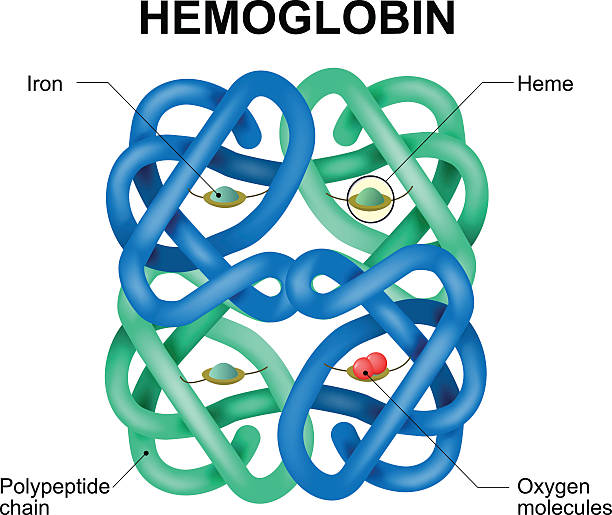
Structure of human hemoglobin molecule. Vector diagram. Hemoglobin is the substance in red blood cells that carries oxygen.

Structure of the Antibody molecule. IgE and Antigen. Vector diagram for medical, educational and science use
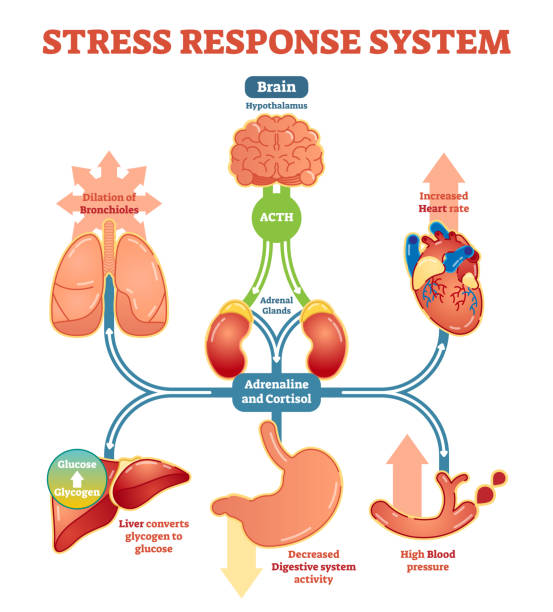
Stress response system vector illustration diagram, nerve impulses scheme. Educational medical information.
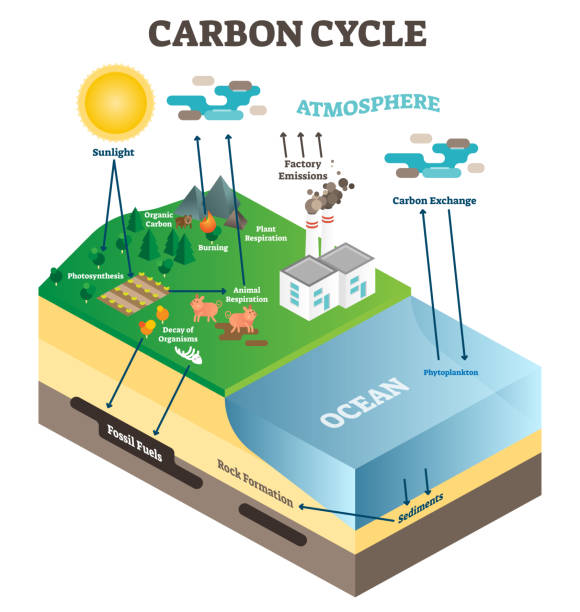
Atmosphere carbon exchange cycle in nature, planet earth ecology science vector illustration diagram scene with ocean, animals, plants and industrial factory. Educational information poster.
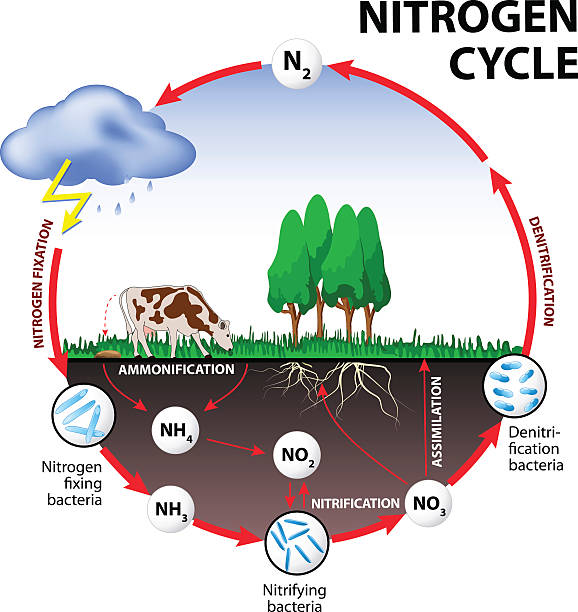
Nitrogen cycle. The processes of the nitrogen cycle transform nitrogen from one form to another. Illustration of the flow of nitrogen through the environment.
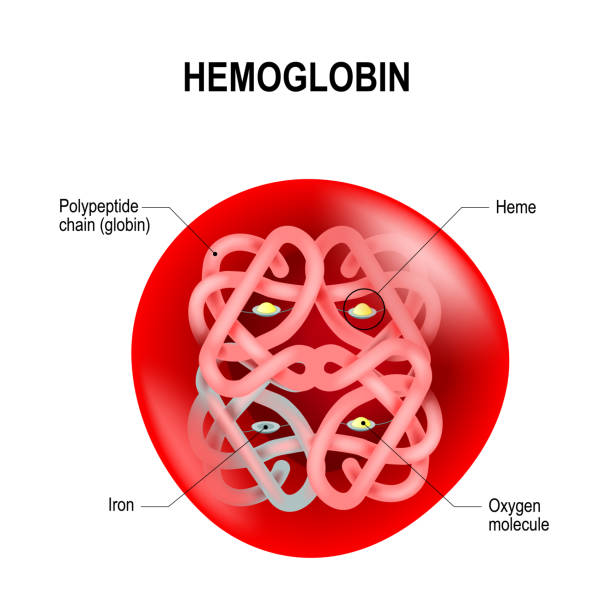
Red blood cell with hemoglobin. Structure of human hemoglobin. schematic visual model of oxygen-binding process. Vector illustration for your design and medical use.

Human DNA - double helix, circular prokaryote chromosome (Bacterial DNA), and Mitochondrial DNA. Types of Deoxyribonucleic acid

scheme of photosynthesis of a tree. conversion of carbon dioxide to oxygen. Flat vector teaching illustration.
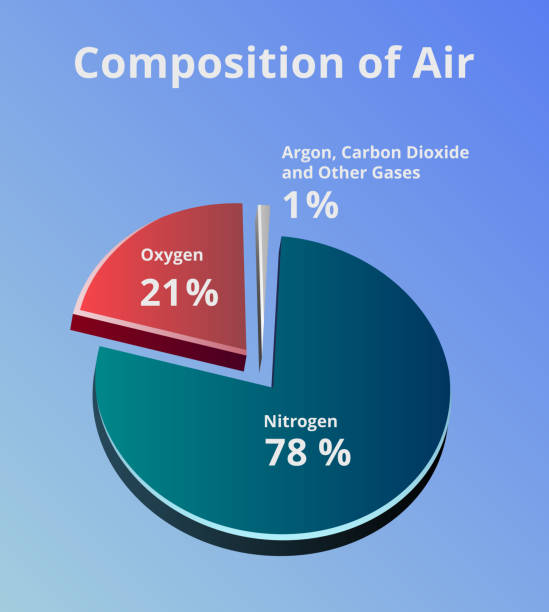
Vector 3D pie chart with the composition of air. Composition of Earth's atmosphere where is 78 % of nitrogen, 21 % of oxygen, and 1 % of other gases such as carbon dioxide and argon on blue background.
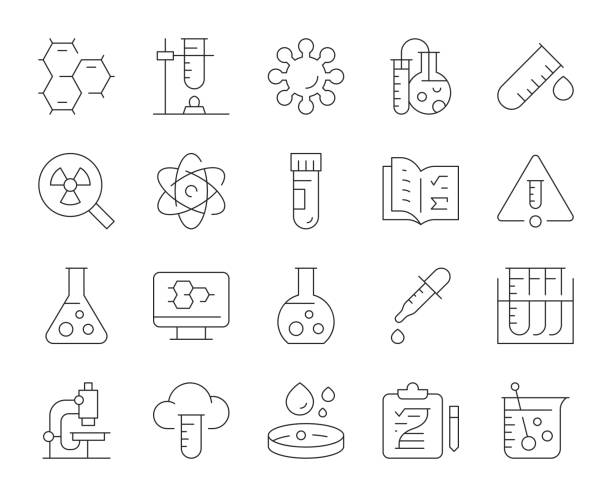
Chemistry Thin Line Icons Vector EPS File.

Diagram of chromosome and DNA structure, Molecular biology

photosynthesis. Diagram of the process of photosynthesis, showing the light reactions and the Calvin cycle. photosynthesis by absorbing water, light from the sun, and carbon dioxide from the atmosphere and converting it to sugars and oxygen. Light reactions occur in the thylakoid. Calvin Cycle occurs in the stoma.

Penetrating Power of Various Types of Radiation. Comparison of Penetrating Ability Alpha, beta, neutron particles, gamma-rays and X-rays
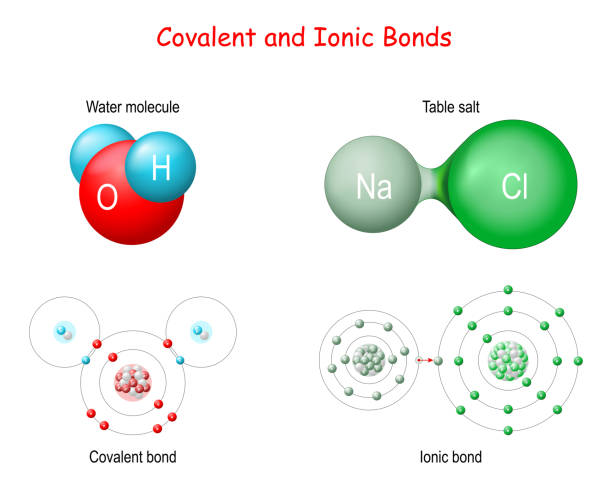
Ionic vs Covalent Bonds. In an ionic bond, an electron is donated. In a covalent bond, the electron is shared. Examples of compounds with ionic bonds with table salt (NaCl), and covalent bonds with water molecule (H2O).

Data filtering outline style icon design with decorations and gradient color. Line vector icon illustration for modern infographics, mobile designs and web banners.

Scientists analyzing medical data vector illustration. Medical test, scientific research, biotechnology. Medical laboratory concept. Creative design for presentations, templates, banners
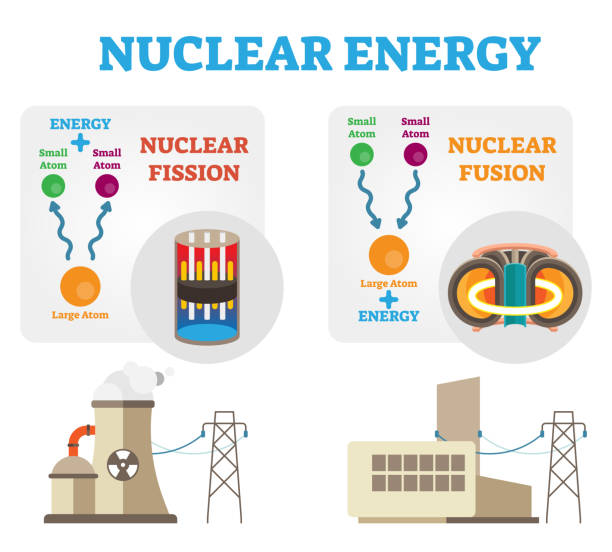
Nuclear energy: fission and fusion concept diagram, flat vector illustration. Dividing and combining atoms.

Biomass energy vertical poster with useful infographics. Portrait print. Ecological power, zero emissions. Ecology, global warming, clean future. Editable vector illustration in a cartoon style.
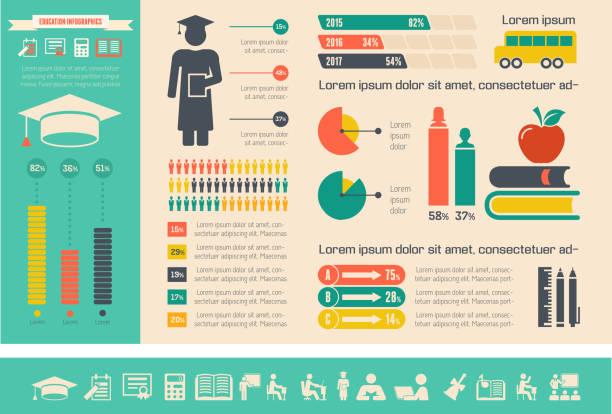
Education Infographic Elements plus Icon Set. Vector.
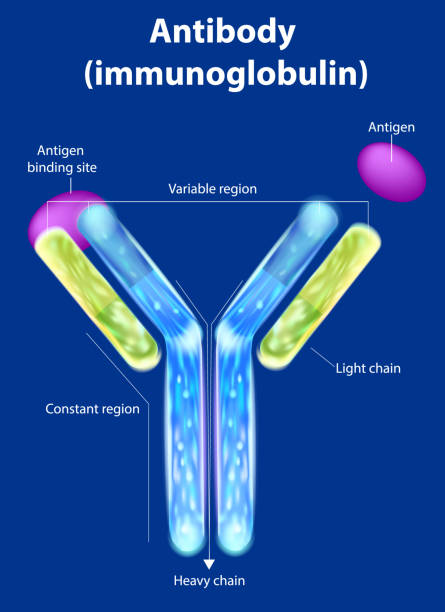
The structure of the antibody (immunoglobulin). Antibody binds to a specific antigen

Abstract blue network and nodes background concept. EPS 10 file. Transparency effects used on highlight elements.

State of matter. When a state of matter gains or looses heat it undergoes a change. Physical and Chemical Changes. No new substance is produced substance remains the same even with a change of state. for example water

ATP ADP cycle. Adenosine triphosphate (ATP) is a organic chemical that provides energy for cell. intracellular energy transfer. Adenosine diphosphate (ADP) is organic compound for metabolism in cell. Vector diagram for educational, biological, medical and science use. model of molecule adenosine triphosphate, and Adenosine diphosphate
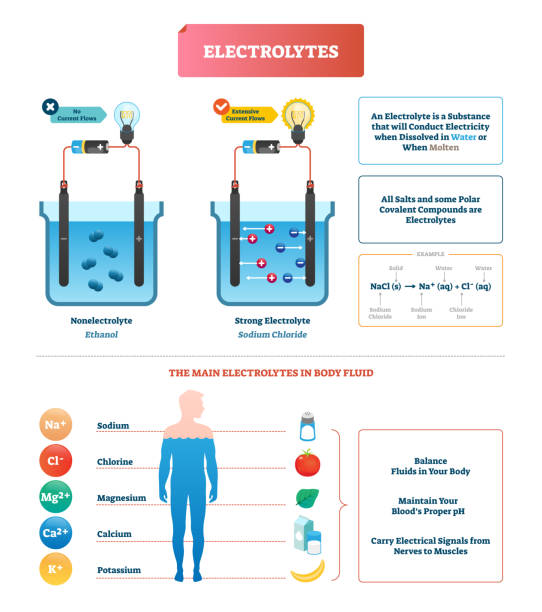
Electrolytes test vector illustration. Isolated Body fluid labeled diagram example. Ethanol and sodium chloride science test. Scheme with substance that conducts electricity when dissolved or molten.
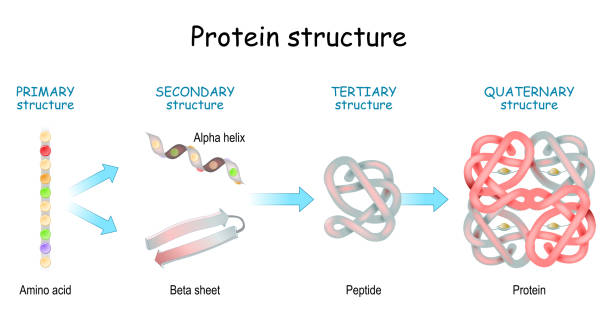
Protein structure levels: Primary, Secondary, Tertiary, and Quaternary. From Amino acid to Alpha helix, Beta sheet, peptide, and protein molecule. concept. Vector illustration.

pH scale. Universal Indicator pH. Test Strips use for Track and Monitor pH for Alkaline and Acid levels. Color vector diagram for educational, medical, science use

Signal transmission at a chemical synapse. one neuron releases neurotransmitter molecules into a synaptic cleft that is adjacent to another neuron.

Vector symbol of Magnesium from the Periodic Table of the elements on the background from connected molecules. Symbol is isolated on white background.

Different states of matter solid, liquid, gas vector diagram isolated on transparent background. Vector illustration
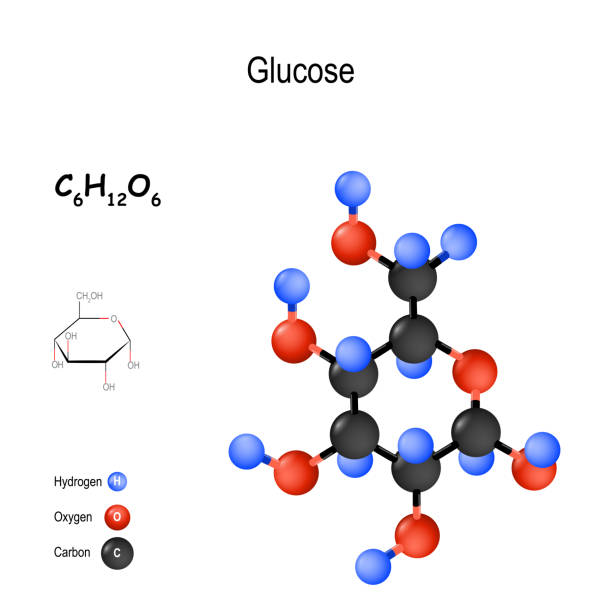
Glucose. dextrose is a simple sugar. Chemical structural formula and model of molecule. C6H12O6. Vector diagram for educational, medical, biological, and scientific use

Biomass energy landscape poster with useful infographics. Horizontal print. Ecological power, zero emissions. Ecology, global warming, clean future. Editable vector illustration in a cartoon style.

Timeline of atomic models. From billiard ball and Plum pudding models to Planetary model and Bohr theory. Structure of atoms: electrons in orbits, protons and neutrons in the nucleus.